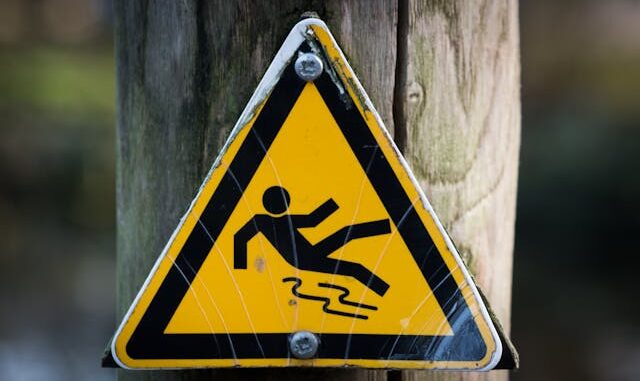
Slip and fall accidents can happen anywhere, from sidewalks and parking lots to grocery stores and office buildings. When such accidents occur, one of the key questions is: who can be held responsible for the injuries sustained? In Ontario, determining liability in slip and fall cases is pp by the Occupiers’ Liability Act, which outlines the duty of care owed by property owners or occupiers to visitors.
Under this Act, property owners, tenants, landlords, and municipalities may all potentially be held responsible for slip and fall accidents, depending on the circumstances. Property owners and occupiers have a legal obligation to ensure that their premises are reasonably safe for visitors. This includes taking measures to identify and address hazards such as slippery floors, uneven surfaces, and inadequate lighting.
However, liability is not always straightforward and may depend on factors such as the nature of the property, the reason for the visit, and the actions (or inaction) of both the injured party and the property owner. For example, if a visitor slips on a wet floor in a grocery store that has just been mopped, the store owner may be liable for failing to provide adequate warning signs or clean up the spill promptly.
Similarly, if a tenant notifies their landlord of a broken handrail on a staircase, and the landlord fails to repair it, resulting in a visitor falling and injuring themselves, the landlord may be held responsible for negligence.
It’s essential to note that proving liability in slip and fall cases can be complex, and each case is unique. Consulting with a knowledgeable personal injury lawyer can help determine who may be held responsible and pursue compensation for injuries and damages incurred as a result of a slip and fall accident.
